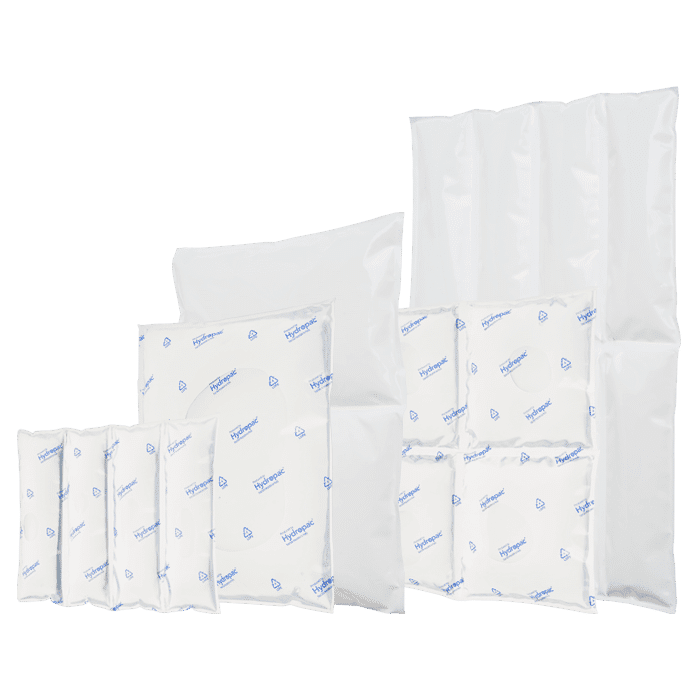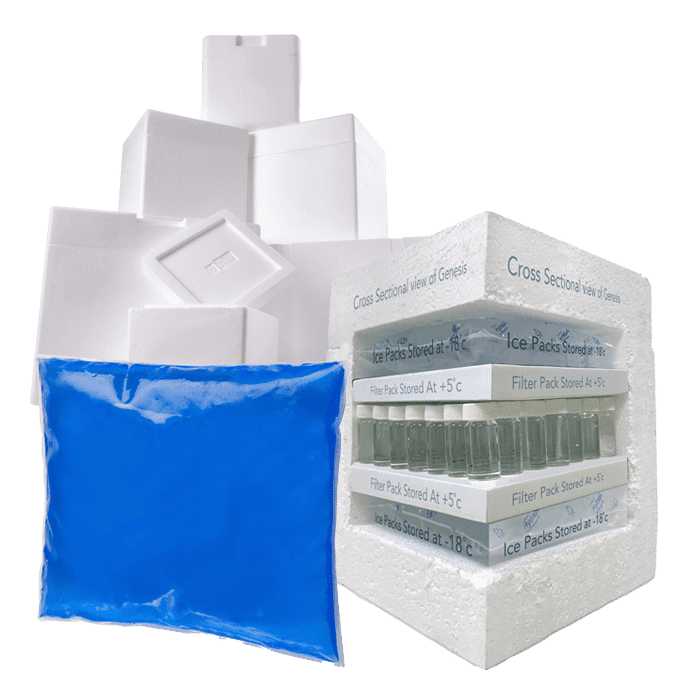Do’s and don’ts of shipping food parcels abroad
Whether you are simply sending a family member some longed for foods from their home country or a small business shipping your food products abroad, there are many guidelines to follow and steps you should take to make sure that your food parcel is suitable to be sent internationally.
Foods you can ship
Before you send any food abroad, you should know what actually can be sent without any problems. The list of food items that you can ship internationally is exhaustive, so below are some of the most common types:
- Store bought food, such as chocolate bars
- Vacuum sealed food – this removes air and creates an air-tight seal. One common example of this type of food are bags of crisps.
- Homemade food
- Dried fruit, nuts and seeds
- Tea and coffee (just make sure your packaging is secure for any loose grounds)
- Dehydrated soup
There are some additional elements you should consider when you are shipping homemade food and store-bought food abroad, however. These are:
Homemade food – Homemade food is typically classed as a perishable item, which means it runs a high risk of “going off” during transit. Most couriers will not consider shipping these even though you are allowed to, but there are still ways you can send it abroad. You could ask a friend or relative who may be driving to another country to take it with them, for example.
However, if this isn’t viable, you can send recipes or ‘baking kits’ with ingredients that are non-perishable, and store bought. Just remember, before you send your homemade food, check that the country you are sending it to doesn’t class it as a prohibited item. Don’t try disguise your food as store bought because there can be penalties for this.
Store Bought Food – Store bought foods can be shipped as long as they follow certain guidelines.
- The foods must stay in their original packaging from the manufacturers.
- This packaging must be completely sealed, and not show any signs of tampering.
- The label on the food must list all of the ingredients inside
- The foods must have a shelf life of over 6 months from the date its is going to be shipped.
Custom chilled solutions for you
Hydropac offers every customer a customized solution for chilled and conditioned shipping. For example, we help a customer with limited freezing capacity to deliver gel packs frozen and ready to use, and we can manufacture almost all shapes and sizes of cooling elements. As a customer, you come first: we are here to help you.
Foods you can’t ship
There are many foods/drinks that you are unable to ship, either because they are against the shipping guidelines or because they are just unsuitable for transit. These include:
- Alcohol/flammable liquids
- Perishable foods (examples: meat, soft cheese, fish, dairy, cream cakes)
All countries have their own prohibited foods, so check the country’s prohibited food list before you send parcels there.
Please note, post-Brexit, you cannot send certain foods to EU countries that you may have done before. These include:
- Fruit, vegetables, nuts and seeds
- Meat
- Fish
- Dairy products (this includes chocolate)
- Perishable products
You can send sweets, biscuits and crisps to EU countries, however.
Packaging
When you are sending a food parcel you should always think about the packaging you’re using. Ensure that the packaging is secure, preferably using a shipping system to stop it from getting damaged. If the food you are sending on a short journey requires temperature controlled packaging, you will need to ensure you cater for this with adequate ice packs inside.
You should also include a protective filler material inside your packaging to make sure it doesn’t get damaged, especially of the foods are delicate (like crisps).
Customs
Food parcels (or any parcels) going through customs clearance must be accompanied by a customs declaration (CN22 or CN23). When you are preparing this, be clear and thorough when describing the items and avoid using “local language”, i.e. slang. List all of the food items within the parcel with the brand name and the value of each item.
Include an extra copy of the customs invoice inside of the parcel to speed up the process in customs clearance just in case the original goes missing or gets spit up from your parcel.
Sustainability Hydropac and CSR
Sustainability isn’t just a trend for us – it’s a promise. As we innovate, create, and lead, we keep our planet’s well-being at the forefront. With Hydropac, you’re not just preserving the quality of your cargo; you’re contributing to a healthier world.
Experience the power of sustainable temperature assurance with Hydropac – where excellence and environmental responsibility coexist for a brighter future.





